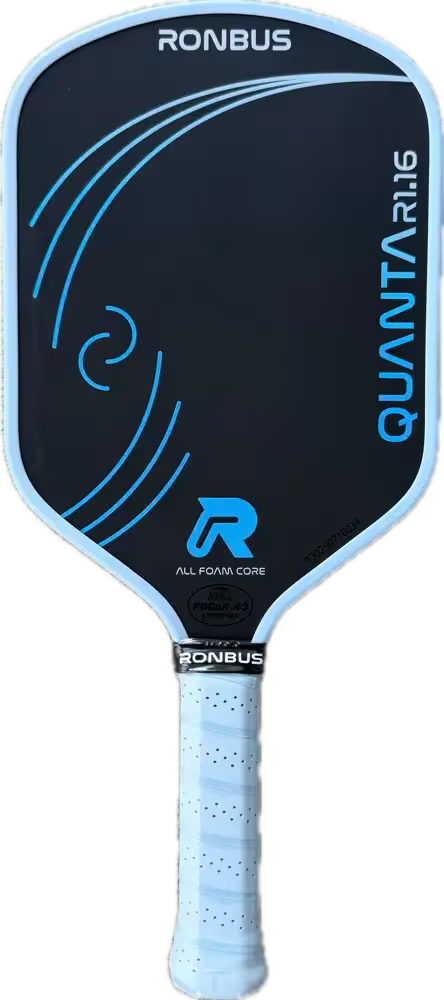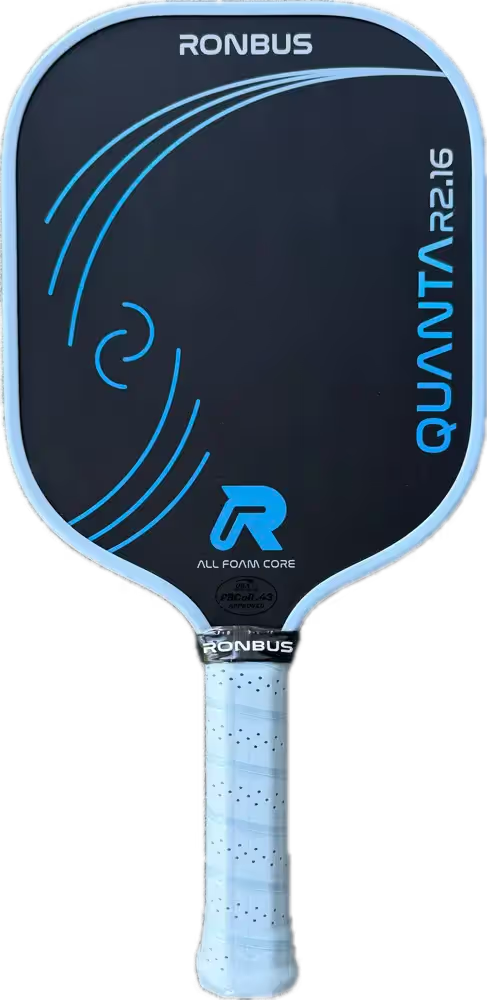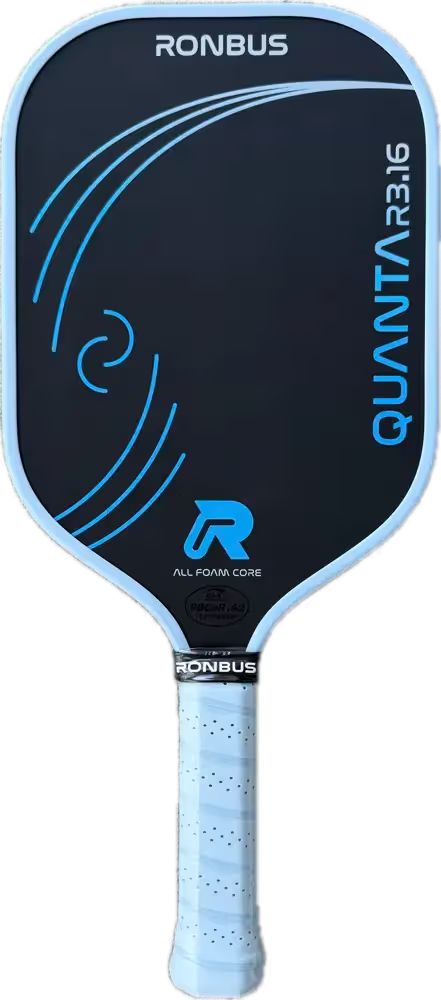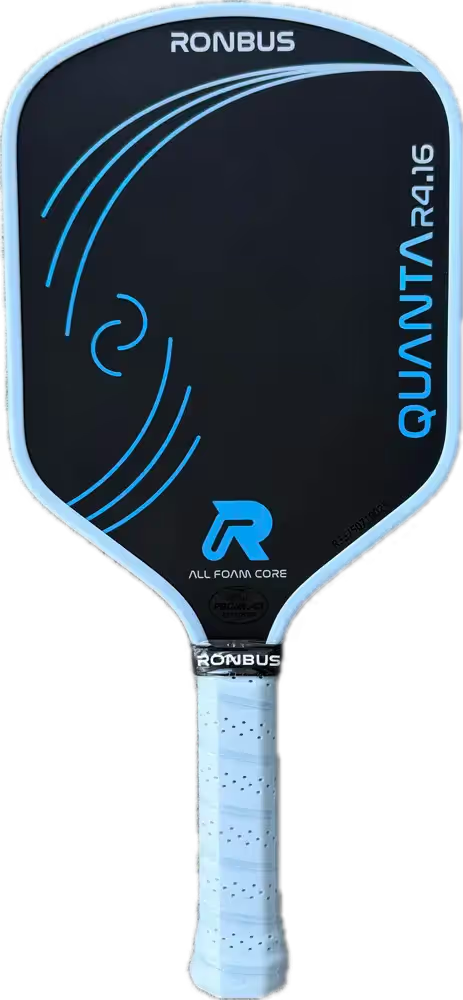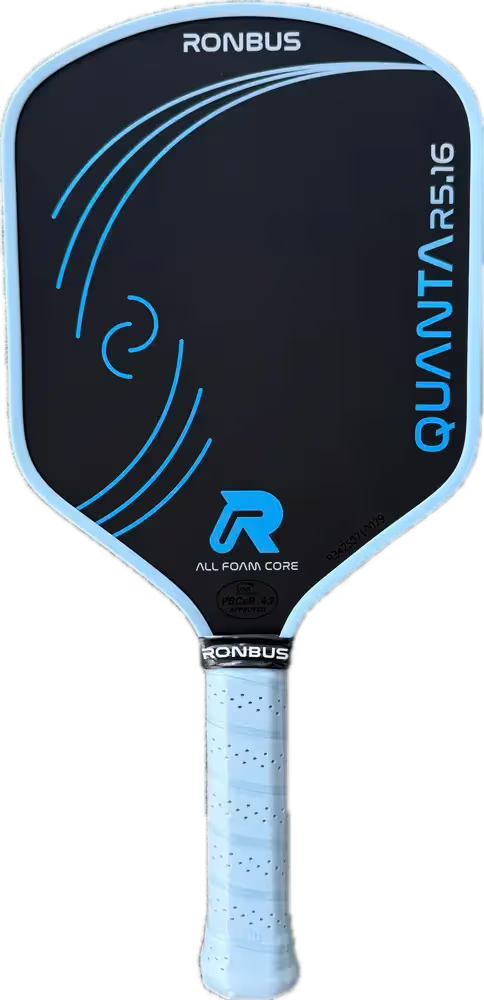TL;DR
- V-Sol Pro uses floating EPP core with EVA ring for hollow, poppy feedback that transforms with added weight—better sweet spot but needs customization
- V-Sol Power features solid indented EPP foam for dense, muted feel—more predictable stock but limited ceiling and smaller sweet spot
- Both lines come in three shapes (Bloom widebody, Flash hybrid, V7 elongated) at $99.99 with code MPB, but stock twist weights are low
- Pro competes directly with Ronbus Quanta as customizable floating-core option; Power bridges honeycomb to foam but lacks excitement
- Recommend Pro for tinkerers willing to add 9+ grams; skip Power unless you specifically want dampened feedback
Intro
Vatic Pro's V-Sol lineup puts two opposing foam construction philosophies head-to-head at the same $99.99 price point. The V-Sol Pro features a floating EPP core with EVA perimeter ring that delivers hollow, Gen-3 style feedback. The V-Sol Power takes the opposite approach with full EPP foam body and hexagonal indents that produce a denser, more muted response. Both are available in Bloom widebody, Flash hybrid, and V7 elongated shapes, but construction differences drive everything about how these paddles perform.
Vatic sent these paddles for review with no payment and no strings attached. I earn a small commission when you use code MPB for $10 off, which supports this type of independent testing. After extensive court time across all six models, the verdict became clear: one construction approach has serious potential once customized, while the other feels more limited regardless of what you do to it.
The question isn't whether these paddles are worth $99—they are. The question is which construction actually delivers at this price point, and whether either can stand up to the Ronbus Quanta, currently the benchmark in the budget floating-core category.
Tech Overview
The construction split between these two lines tells the complete story. The V-Sol Pro features a floating EPP foam core with a full EVA ring around the perimeter. That hollow chamber creates immediate energy return with trampoline-style pop, though not in an unpredictable way. X-ray imaging shows how the EVA perimeter ring surrounds the foam center in what Vatic calls dual-foam edge construction. The floating core allows the foam to compress and spring back aggressively around that hollow center, creating the characteristic hollow feedback that defines this paddle's identity.
The V-Sol Power eliminates the floating core entirely. Full EPP foam construction runs edge to edge with hexagonal indents throughout the face in what Vatic calls precision indented foam core. The hexagonal pattern creates controlled compression points across the entire hitting surface. This produces a stiffer, more jarring response compared to the floating core alternative, though with better consistency across the face.
The broader pattern across Gen-4 paddles has become clear: floating foam cores play softer and more forgiving than solid foam construction. Paddles without floating cores tend to play harsh and jarring, with smaller sweet spots and less forgiveness on mishits. The Pro's floating core construction fits this pattern—larger sweet spot, more energy return, better absorption on resets. The Power's solid construction with hexagonal indents absorbs energy differently, creating denser feel that can be harsh around the edges compared to paddles with floating cores or honeycomb chambers.
Both lines use identical face materials and the same handle dimensions: 5.3-inch standard length with 4.125-inch grip circumference. Vatic also offers a 5.6-inch extended handle option. Vatic reworked their bonding process after early VCore delamination issues, and the construction quality on these newer V-Sol releases appears significantly improved.
The two construction approaches respond differently to weight additions. The Pro changes character substantially when you add weight—the floating core affects how that added mass impacts feel and stability. The Power stays more consistent through weight additions. You get better stability, but the paddle doesn't transform the way the Pro does.
Specs
All shapes across both lines share the same handle dimensions: 5.3-inch standard length with 4.125-inch grip, plus a 5.6-inch extended option. The Bloom represents their widebody shape, the Flash sits in hybrid territory, and the V7 takes the elongated route. The differences between Pro and Power show up in how weights and balances translate during play.
The V-Sol Power series runs lighter overall. The V7 comes in at 8.19 ounces with a swing weight of 113.8 and twist weight of 6.65. The Bloom measures 8.11 ounces with swing weight of 109.65 and twist weight of 7.1. The Flash weighs 8.09 ounces with swing weight of 108.7 and twist weight of 6.55. These numbers land on the lighter side for their respective shape categories, which explains why the Power plays quick but benefits substantially from added mass for stability.
The V-Sol Pro series carries slightly more heft despite similar static weights. The V7 sits at 8.08 ounces with a notably higher swing weight of 117.9 and twist weight of 6.4. The Bloom weighs 8.11 ounces with swing weight of 111.35 and twist weight of 7.1. The Flash is the lightest at 7.95 ounces with swing weight of 112.85 and twist weight of 6.2. The Pro's floating core construction naturally pushes swing weight higher, creating a more substantial feel through the air despite similar static weights to the Power line.
The numbers tell an important story about stability. The Power line swings easier out of the box, while the Pro plays heavier through the air. Both lines, however, have twist weight numbers lower than average for their shapes, particularly on the Flash models. That means stability on off-center hits is lacking until you add weight. This isn't a minor detail—both lines need added weight to perform at their best. The low twist weights make mishits more punishing than they should be, and the paddles feel less stable during fast exchanges until you address the weight distribution.
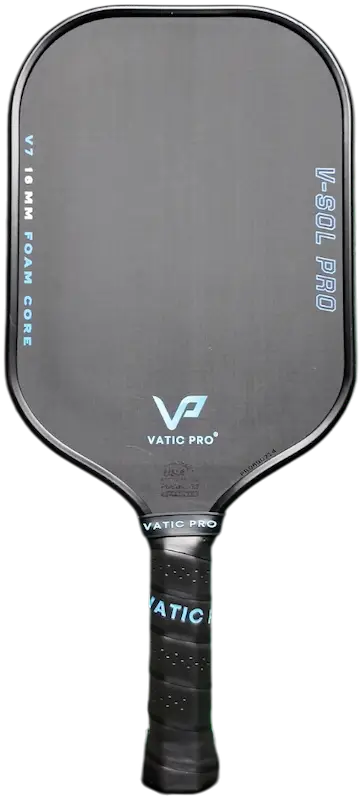
- Control
Best for strategic players who favor precision and placement over power, excelling in slow play and careful ball manipulation. - All-Court
Designed for versatile players who want the best of both worlds. These paddles balance control, power, and speed, adaptable to various playing styles. - Power
Ideal for aggressive players (aka, "bangers") who prioritize fast, powerful gameplay, sacrificing some control and sweet spot size for maximum force.
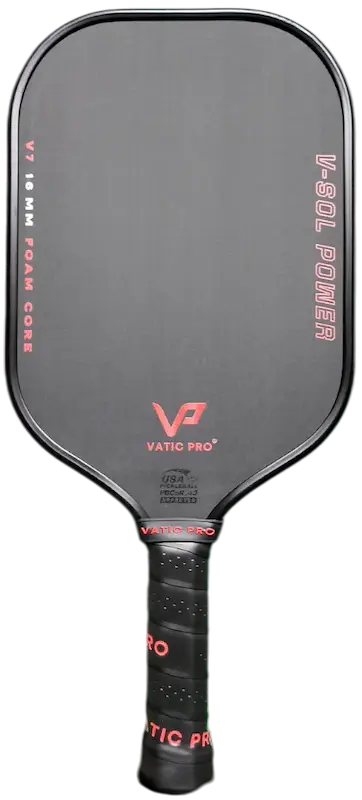
- Control
Best for strategic players who favor precision and placement over power, excelling in slow play and careful ball manipulation. - All-Court
Designed for versatile players who want the best of both worlds. These paddles balance control, power, and speed, adaptable to various playing styles. - Power
Ideal for aggressive players (aka, "bangers") who prioritize fast, powerful gameplay, sacrificing some control and sweet spot size for maximum force.

- Control
Best for strategic players who favor precision and placement over power, excelling in slow play and careful ball manipulation. - All-Court
Designed for versatile players who want the best of both worlds. These paddles balance control, power, and speed, adaptable to various playing styles. - Power
Ideal for aggressive players (aka, "bangers") who prioritize fast, powerful gameplay, sacrificing some control and sweet spot size for maximum force.
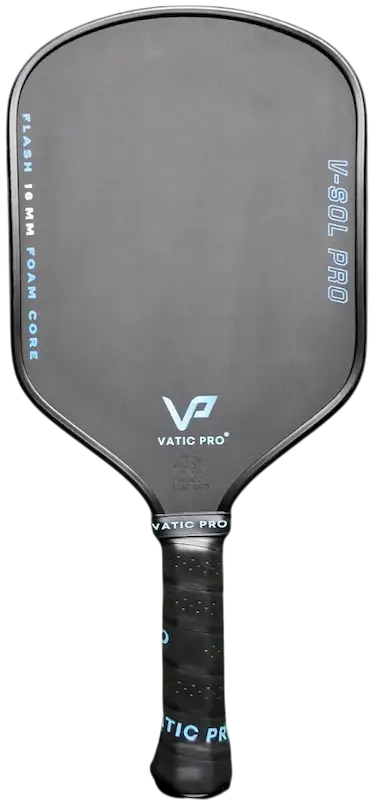
- Control
Best for strategic players who favor precision and placement over power, excelling in slow play and careful ball manipulation. - All-Court
Designed for versatile players who want the best of both worlds. These paddles balance control, power, and speed, adaptable to various playing styles. - Power
Ideal for aggressive players (aka, "bangers") who prioritize fast, powerful gameplay, sacrificing some control and sweet spot size for maximum force.
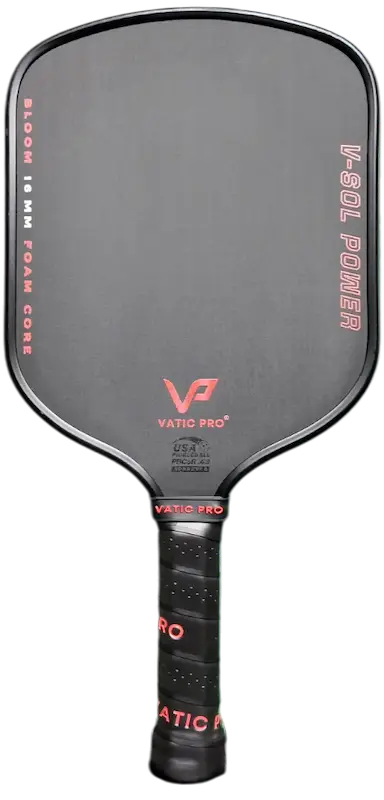
- Control
Best for strategic players who favor precision and placement over power, excelling in slow play and careful ball manipulation. - All-Court
Designed for versatile players who want the best of both worlds. These paddles balance control, power, and speed, adaptable to various playing styles. - Power
Ideal for aggressive players (aka, "bangers") who prioritize fast, powerful gameplay, sacrificing some control and sweet spot size for maximum force.
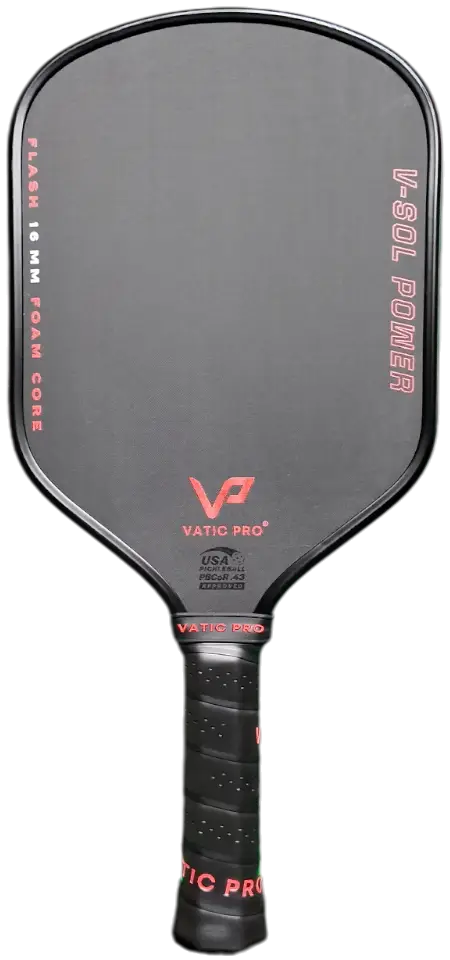
- Control
Best for strategic players who favor precision and placement over power, excelling in slow play and careful ball manipulation. - All-Court
Designed for versatile players who want the best of both worlds. These paddles balance control, power, and speed, adaptable to various playing styles. - Power
Ideal for aggressive players (aka, "bangers") who prioritize fast, powerful gameplay, sacrificing some control and sweet spot size for maximum force.


Vatic Pro
V-Sol Pro V7 16mm
Power
$
109.99
vaticpro.com
180-Days

Vatic Pro
V-Sol Power V7 16mm
Power
$
109.99
vaticpro.com
180-Days

Vatic Pro
V-Sol Pro Bloom 16mm
Power
$
109.99
vaticpro.com
180-Days

Vatic Pro
V-Sol Pro Flash 16mm
Power
$
109.99
vaticpro.com
180-Days

Vatic Pro
V-Sol Power Bloom 16mm
Power
$
109.9
vaticpro.com
180-Days

Vatic Pro
V-Sol Power Flash 16mm
Power
$
109.99
vaticpro.com
180-Days
...
Playtest
The Pro and Power feel different from the first contact. The Pro has that hollow, quick rebound typical of floating-core builds. Contact feels lively with immediate energy return, though not excessive or unpredictable. The Power plays denser and more muted with a steadier pace that's easier to manage but noticeably less lively.
On full swings and serves, the Pro shows higher top-end drive. Stock, the power is adequate but nothing exceptional. Adding weight firms up stability and turns that liveliness into something more predictable and powerful. The Power stays linear throughout the swing—consistent speed without a big gear change when you swing harder. You get the same dampened response whether you're driving aggressively or punching from the baseline.
At the net, the Pro's punch reacts sharper during hand battles, which makes fast exchanges quicker but also punishes mishits more severely. The floating core creates that immediate pop, but low twist weight means off-center contacts twist noticeably. The Power is calmer and easier to control on blocks, though it doesn't have the same snap or excitement. Neither paddle feels stable during volleys until you add weight to address the twist weight deficiency.
The soft game revealed the most significant differences. The Pro requires adjustment time to dial in touch shots. Stock, the hollow feedback reminded me of the Ronbus Quanta but played slightly better out of the box. Once I added weight, the transformation was dramatic—more stability, better plow-through, and absorbing pace became substantially easier. The Power's muted feel gives more margin on touch shots immediately without requiring the same adjustment period.
The customization difference matters significantly. I added approximately 9 grams to the Pro Flash—3 grams on each side at three and nine o'clock, 3 grams at twelve o'clock. The paddle stabilized completely. Resets became much more controllable, mishits felt less punishing, and the overall performance improved dramatically. The Power improved with weight but didn't transform the same way. You get better stability, but the dampened response and limited ceiling remain regardless of weight distribution.
Shape Comparisons
The patterns across shapes were consistent between both lines. The Bloom played the most forgiving in both the Pro and Power series. The widebody shape provides the largest sweet spot and most stability, which helps offset some of the low twist weight concerns. The Bloom also played the most lively across both constructions, making it the best option for players who want maximum forgiveness without extensive customization.
The Flash sits in hybrid territory but creates the most challenges stock. The Flash models had the lowest twist weights in both lines—6.2 for the Pro Flash, 6.55 for the Power Flash. That translates to noticeable instability during fast exchanges and off-center hits. The Flash played head-light and unstable until weight was added. With proper weight distribution, the Flash transformed into a much more capable paddle, but it requires the most work to dial in properly.
The V7 elongated models surprised with how balanced they felt despite higher swing weights. The Pro V7 carries a swing weight of 117.9, which should feel heavy through the air, but the elongated shape distributed that weight in a way that felt more balanced than expected. The V7 models also had slightly higher twist weights than the Flash, making them more stable on mishits even stock. The elongated shape sacrifices some sweet spot size compared to the Bloom, but the reach advantage and better balance made the V7 models more playable than anticipated.
Between the two construction types, the Pro line offered a larger effective sweet spot across all three shapes. The floating core creates more forgiveness on off-center hits, and the energy return feels more consistent across the face. The Power's sweet spot is tighter around center with a sharper drop-off on the edges. Center shots work fine, but mishits lose significantly more pace and control compared to the Pro line.
Recommendations
The V-Sol Pro works for players who like hollow feedback and don't mind customizing their equipment. Stock, it's playable but somewhat inconsistent—the hollow rebound takes adjustment, and the low twist weights make mishits more punishing than necessary. With weight added, the Pro transforms into a much more stable and powerful paddle that can compete with options costing significantly more. Get this if you want Bread & Butter Loco-style performance at budget pricing and you're willing to tinker with weight distribution to dial it in.
The V-Sol Power is for players wanting predictable, muted feedback who are transitioning from honeycomb construction to foam. The dampened response provides more immediate control on touch shots, and the learning curve is shorter than the Pro. However, the Power has a smaller sweet spot, limited power ceiling, and doesn't transform the same way with customization. The Power is steady stock, but it won't deliver those peak power moments or explosive drives that make certain paddles exciting.
The most direct comparison is the Ronbus Quanta. Both the Quanta and V-Sol Pro sit in the $99 floating-core space and both benefit substantially from added weight. The practical difference: the Pro is easier to use stock for most players, while the Quanta starts lighter and looser with more tuning range. With proper weight distribution, both scale into much stronger performers. The Quanta offers more customization potential, while the Pro carries a poppier, more hollow response. You'll need to supply your own weight for either paddle to reach its potential.
Against the Bread & Butter Loco, the Pro delivers similar hollow response and customization potential, but lacks the fiberglass layer that gives the Loco punchy playability straight from the wrapper. The Loco costs approximately $80 more, which is significant, but it also requires less work to perform well stock. If you're willing to customize, the Pro gets you into similar territory for much less money.
Between the Pro and Power, the choice is clear for most players: take the Pro if you're willing to customize it. The floating core construction creates better forgiveness, larger sweet spot, and higher performance ceiling once properly weighted. Skip the Power unless you specifically want dampened feedback and are willing to accept a smaller sweet spot and limited power potential.
Price and Value
Both V-Sol lines retail at $99.99 with discount code MPB, which positions them directly against the Ronbus Quanta in the budget floating-core category. At this price point, the value proposition depends entirely on your willingness to customize. The Pro can punch significantly above its weight class once properly weighted, but it needs work to get there. Budget approximately $10-15 for lead tape or tungsten putty to add the necessary 9-12 grams for proper stability.
The Power is steady stock but won't blow you away regardless of what you do to it. The dampened response and limited ceiling make it a decent bridge paddle from honeycomb to foam, but it doesn't compete well against other $99 options that offer more performance potential.
Construction quality appears solid on these newer V-Sol releases. Vatic addressed the bonding problems that showed up on early VCore models, and durability testing showed no delamination or core issues even after leaving a paddle in direct sun for ten hours. The paddle produced a slightly deeper sound immediately after heat exposure but returned to normal once it cooled down.
At $99.99 with code MPB, the Pro represents solid value for tinkerers willing to customize their equipment. You get Loco-style performance at budget pricing if you're willing to add weight and dial in the setup. The Power represents less compelling value—the dampened response and smaller sweet spot don't justify the price when compared to other $99 options with better performance ceilings.
Conclusion
The V-Sol Pro and Power represent two distinct approaches to foam construction at the same price point, but only one delivers meaningful performance potential. The Pro uses floating EPP core with EVA perimeter ring to create hollow feedback and larger sweet spot that transforms with proper weight distribution. The Power uses solid indented EPP foam for dampened response that's more predictable stock but lacks the ceiling that makes paddles exciting.
Between these two approaches, the Pro is the clear choice for players willing to customize. Add 9-12 grams of weight strategically distributed around the paddle, and you get performance that competes with paddles costing significantly more. The Power works for players specifically wanting muted feedback, but the smaller sweet spot and limited power potential make it harder to recommend at this price point.
If you have questions about weight placement, shape selection, or how these paddles compare to other options in your equipment bag, leave a comment below. Both V-Sol lines are available at $99.99 with code MPB at Vatic Pro's website. For more detailed paddle breakdowns and performance analysis, subscribe to the newsletter and follow along on YouTube for the latest reviews and testing updates.
Discount Code
Similar Paddles
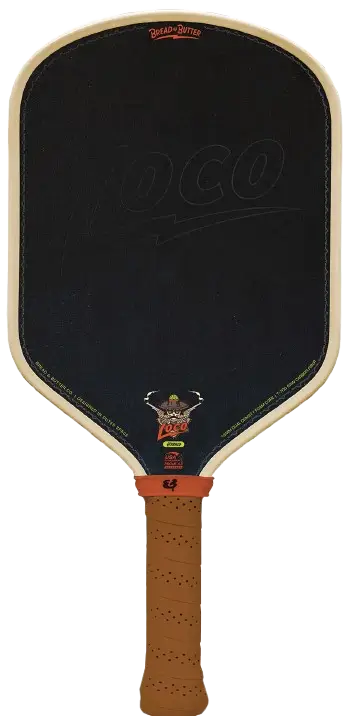
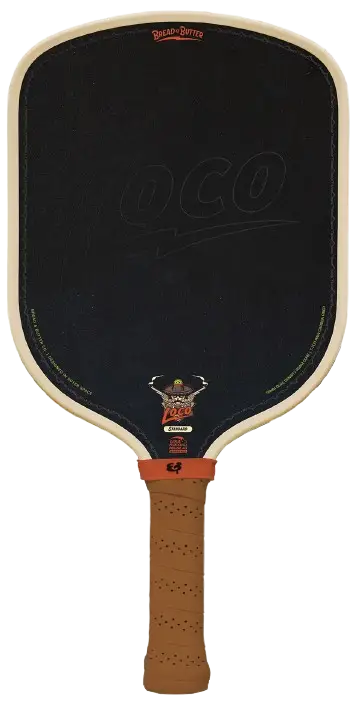
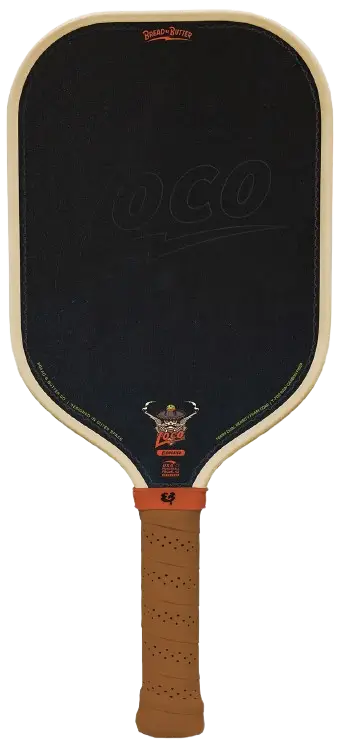


%20(1100%20x%20220%20px)%20(1000%20x%20300%20px)%20(1).webp)











